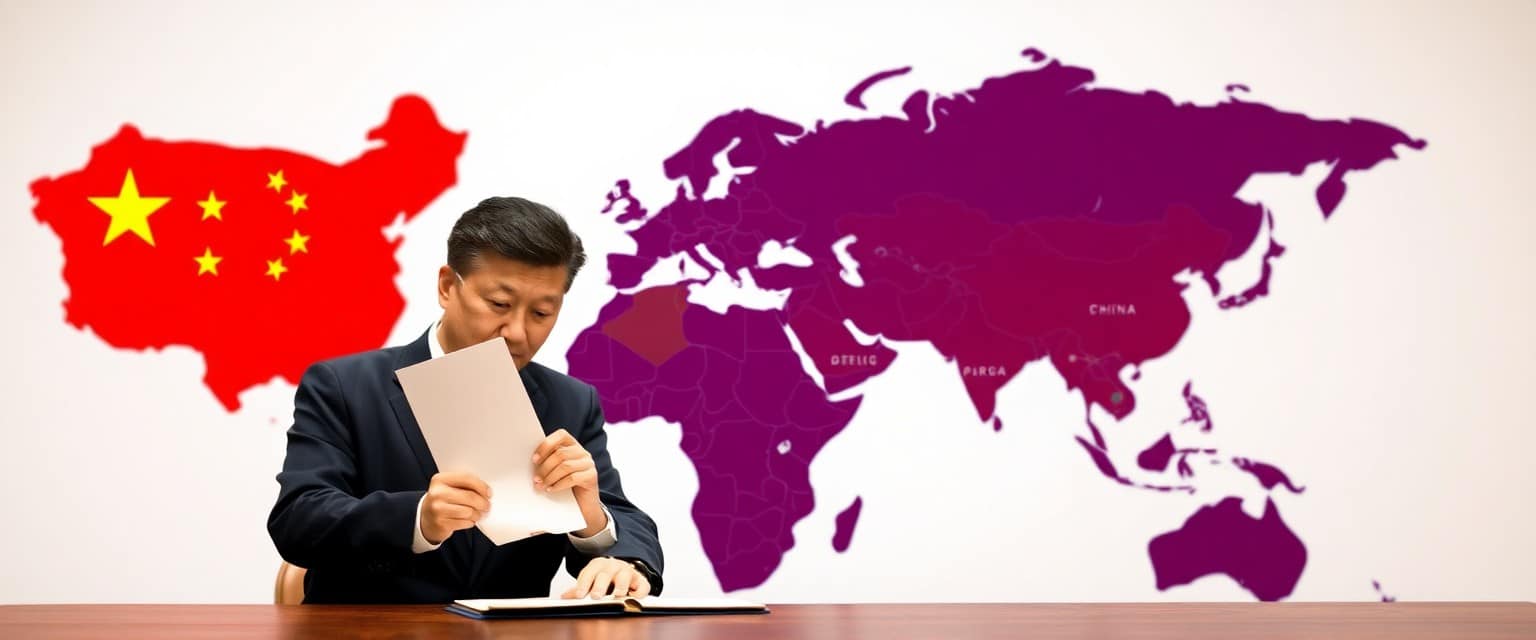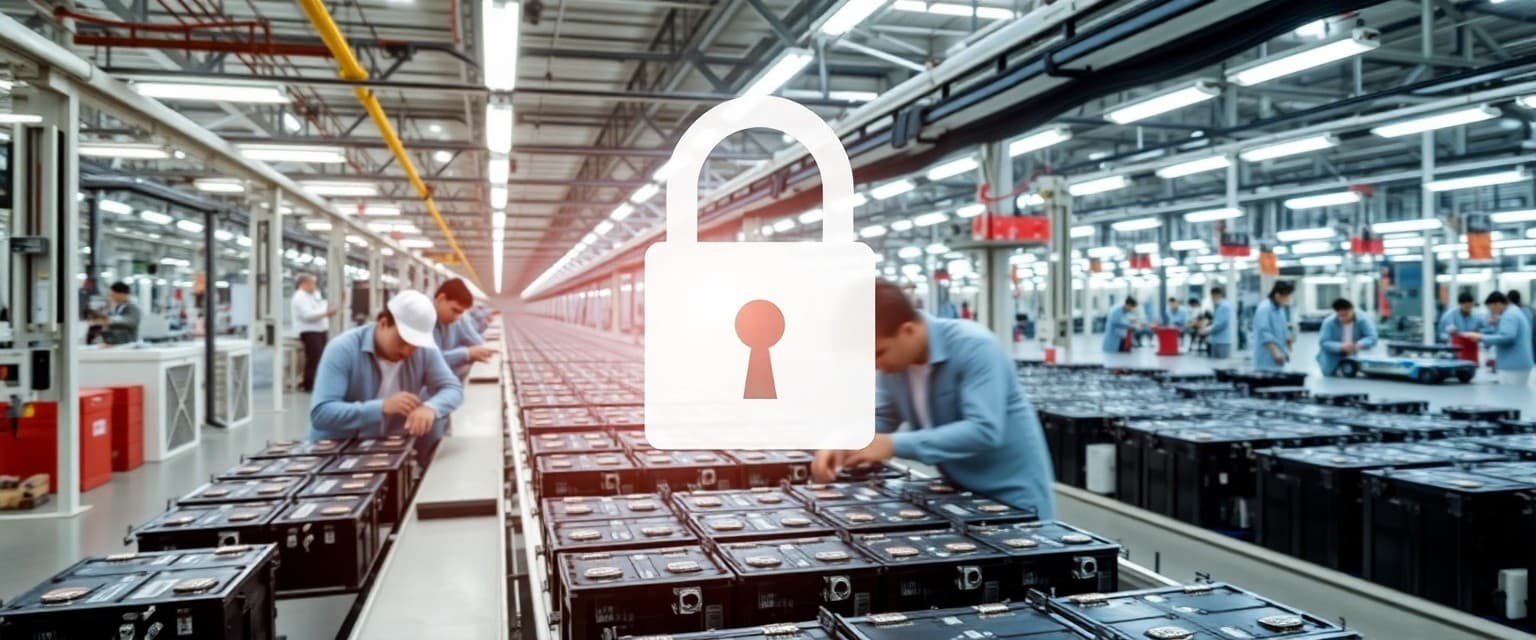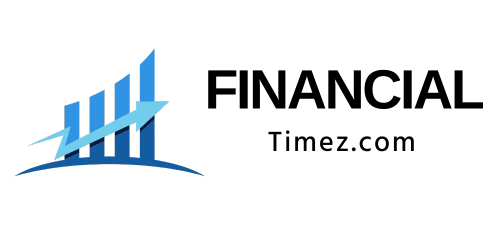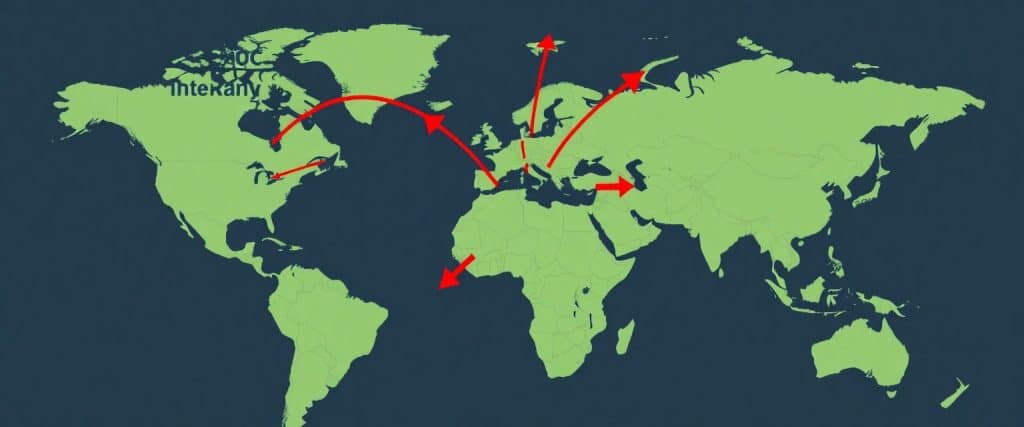How to Navigate China’s New EV Battery Export Restrictions
Follow these steps to understand and adapt to China’s new export controls on EV battery technologies, ensuring compliance and strategic planning for your business.
Step 1: Review the New Export Regulations
Familiarize yourself with the specific technologies now subject to export controls, including cathode materials production and nonferrous metal-processing techniques. Understand the licensing requirements and approval processes for these technologies.
Step 2: Assess Impact on Your Supply Chain
Evaluate how these export restrictions affect your current supply chain, particularly if you rely on Chinese-made battery components. Identify potential disruptions and plan alternative sourcing strategies.
Step 3: Explore Alternative Suppliers
Research potential suppliers in other regions that produce similar battery technologies. Diversify your sourcing strategy to reduce dependence on Chinese suppliers.
Step 4: Engage with Local Government Authorities
Work with your local government authorities to ensure compliance with export control laws. Explore possibilities for government assistance in adapting to the new regulations, such as exemptions or modified licensing requirements.
Required Tools:
- Regulatory Documentation
- Alternative Suppliers List
- Legal and Compliance Assistance
Time Required: 6 hours
Estimated Cost: $5000
Strategic Maneuvers in the EV Battery Landscape
China’s latest export controls reveal a calculated chess move in the global EV battery arena. By restricting access to critical LFP battery technology and lithium processing expertise, you’re witnessing a strategic consolidation that leverages China’s overwhelming 94% market share in LFP production. The ripple effects extend beyond mere manufacturing – your access to next-generation battery technology now hinges on Chinese permits and partnerships. Western automakers face a stark choice: either develop alternative supply chains at significantly higher costs or maintain dependence on Chinese technology. This power play coincides with breakthrough innovations like BYD’s 5-minute charging capability, demonstrating how technological advantages and regulatory control can work in tandem to reinforce market dominance.
New Export Controls: What They Mean for Global Markets
Overview of the Export Restrictions
The new export controls target key battery manufacturing technologies and lithium processing methods. Under these restrictions, you’ll find that any transfer of these technologies—whether through trade, investment, or technical cooperation—now requires explicit government approval. The controls specifically affect lithium iron phosphate (LFP) battery production technology, which has become the backbone of China’s EV battery dominance, representing 94% of global LFP production capacity.
Implications for Chinese Battery Manufacturers
For your understanding of the market impact, major players like CATL and BYD face varying degrees of exposure to these new regulations. Companies focusing on cell and module production overseas may see limited immediate effects, while those planning to establish complete manufacturing facilities abroad will need to navigate additional regulatory hurdles. The restrictions could potentially reshape global supply chains and accelerate localization efforts in markets like the EU and US.

China’s Grip on Battery Technology and Resources
China’s command over EV battery technology extends far beyond manufacturing – you’ll find Chinese influence across the entire supply chain. The country controls over 75% of global battery production capacity and holds key patents for advanced battery chemistries. Through strategic investments and technological innovation, Chinese companies have secured their position at every step, from raw material processing to final assembly, leaving global automakers heavily dependent on Chinese battery expertise.
The Role of Lithium Iron Phosphate (LFP) Batteries
LFP batteries represent China’s most significant technological advantage in the EV market. You’ll see these batteries in everything from Tesla’s Model 3 to BYD’s lineup, offering superior safety and lower costs compared to traditional lithium-ion batteries. Chinese manufacturers control 94% of global LFP production, with companies like CATL and BYD leading breakthrough developments in fast-charging capabilities and energy density.
China’s Dominance in the Lithium Supply Chain
Your access to lithium-based products largely depends on Chinese processing capabilities. The country processes 70% of the world’s lithium, despite owning only 13% of raw lithium reserves. Chinese companies have secured strategic partnerships with mining operations in Australia, Chile, and Argentina, giving them unprecedented control over the global lithium supply chain.
Beyond raw material processing, Chinese firms have invested heavily in advanced refining technologies and innovative extraction methods. You’ll find Chinese companies operating sophisticated lithium processing facilities across three continents, employing proprietary technologies that reduce processing costs by up to 30% compared to Western competitors. This technological edge, combined with extensive infrastructure investments, has created a nearly insurmountable lead in the global lithium market.
Global Reactions: Weighing Economic and Geopolitical Consequences
Impact on U.S. and EU Automakers
The new restrictions pose significant challenges for Western automakers heavily dependent on Chinese battery technology. Your favorite brands like Ford, Volkswagen, and BMW now face potential disruptions in their EV production plans. The restrictions could delay the rollout of affordable electric vehicles in Western markets, as manufacturers scramble to develop alternative supply chains or negotiate new licensing agreements with Chinese suppliers.
The Shifting Dynamics of International Trade
China’s latest move has accelerated the reshaping of global EV supply chains. You’ll likely see increased investment in domestic battery production facilities across the U.S. and EU, with governments offering substantial incentives to reduce dependency on Chinese technology. The restrictions have triggered a race for technological self-sufficiency, with Western nations investing billions in research and development to close the technology gap.

Navigating Uncertainties: Challenges Ahead for Stakeholders
Licensing and Compliance Obstacles
Your company’s path through China’s new regulatory landscape requires careful navigation of complex licensing procedures and compliance requirements. Global manufacturers must now obtain explicit permissions for technology transfers, potentially causing significant delays in production timelines. The ambiguity surrounding approval criteria and processing times creates additional operational risks for businesses planning overseas expansions or technology transfers.
The Future of Chinese EV Expansion
Despite regulatory hurdles, Chinese EV manufacturers continue their aggressive global expansion. You’ll see increased localization efforts in key markets, with companies like BYD and CATL adapting their strategies to maintain market access. The new restrictions may accelerate the trend toward establishing regional manufacturing hubs, particularly in Europe and North America.
The landscape of Chinese EV expansion is rapidly evolving, with manufacturers pursuing innovative approaches to circumvent export restrictions. Your business opportunities may expand as Chinese companies increasingly seek local partnerships and joint ventures. Market analysts project a 40% growth in Chinese EV manufacturers’ overseas production capacity by 2025, despite the new regulations. This shift could create new opportunities for technology transfer agreements and local supply chain development in your region.
Long-Term Implications: The Path Forward for EV Innovation
These export controls will reshape your EV industry landscape over the next decade. Western manufacturers now face a critical choice: continue relying on Chinese technology through licensing agreements or accelerate development of proprietary battery solutions. Major players like Ford and GM have already committed $35 billion through 2025 to develop alternative battery technologies. Meanwhile, emerging battery chemistries like sodium-ion and solid-state present opportunities for countries to establish new competitive advantages. The EU’s €3.5 billion battery innovation fund and the US Inflation Reduction Act’s $369 billion clean energy incentives signal a new phase of localized EV development – though China’s 5-7 year technological lead means you’ll likely see continued dependence on their expertise in the near term.
Frequently Asked Questions
What are China’s new restrictions on EV battery technology?
On July 15, 2025, China announced new export controls on eight key technologies used in manufacturing electric vehicle (EV) batteries. These technologies include cathode materials production and nonferrous metal-processing techniques. The new rules require Chinese government approval for any exports of these technologies, adding an additional layer of scrutiny for international transactions involving car and battery manufacturers.
Why is China implementing these export restrictions?
The export restrictions are part of China’s strategy to fortify its global dominance in the EV battery supply chain. By controlling key manufacturing technologies, China aims to prevent foreign competitors from accessing critical know-how, thereby maintaining its competitive advantage in the global market.
How will these restrictions affect global EV manufacturers?
Global EV manufacturers may face challenges in sourcing advanced battery technologies from China. The new export controls could disrupt supply chains and increase costs for companies that rely on Chinese-made battery components. This move may also prompt manufacturers to seek alternative sources or invest in developing their own technologies. Source
What technologies are affected by the export controls?
The export controls target eight key technologies essential for EV battery production. These include cathode materials production and nonferrous metal-processing techniques. The restrictions apply to any transfer of these technologies outside of China, requiring government approval for such exports.
When did these export restrictions come into effect?
The new export restrictions were announced on July 15, 2025, and are effective immediately. Any exports of the specified technologies will now require approval from Chinese authorities.

